QUIZ: What Do You Know About Diseases in the Developing World?
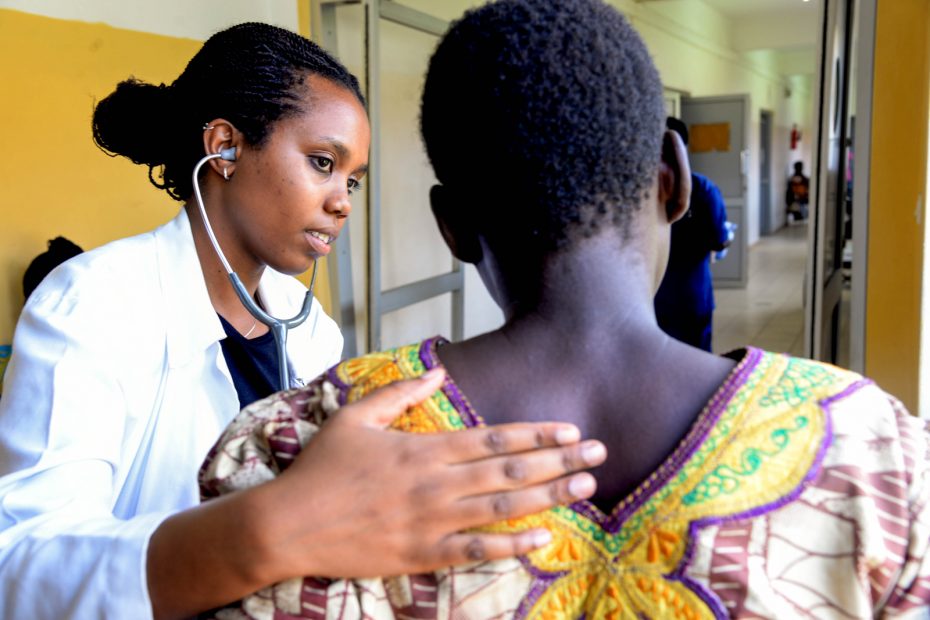
World AIDS Day is coming up on Dec. 1. This disease affects millions of people and many of the communities and children we serve around the globe. And it’s not alone. Test your knowledge of the health issues and medical conditions confronting children living in poverty with this quiz.
Continue Reading ›The Most Hated Creature on the Planet
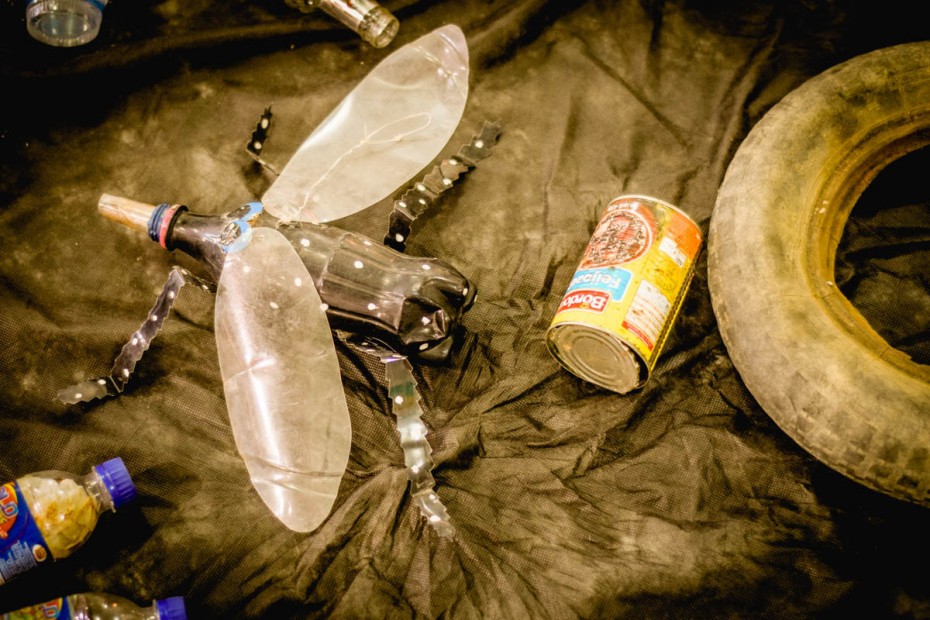
There are some terrifying creatures in our world. Lions and snakes and crocodiles, oh my! Sharks even get their own week of the year. But there is one little pest that is far more deadly than these that has recently been the object of a lot of fear and hate.
Continue Reading ›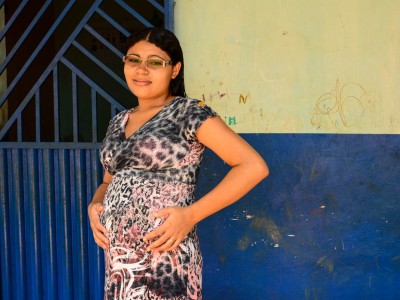
Pregnancy Perspectives: The Zika Virus in Brazil
I am seven months pregnant and live in Fortaleza, a state where there have been confirmed cases of microcephaly-related Zika virus, and where babies have died as a consequence of it. When I watch TV, I am willing to lock myself at home and not leave until the time of delivery. But I cannot do this; I need to be realistic and face the problem.
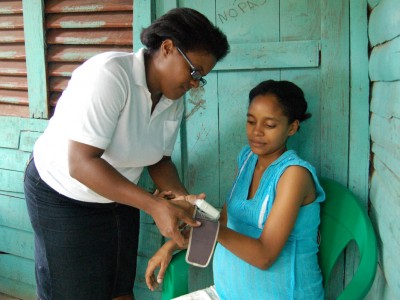
The Zika Virus in the Americas
As the Zika virus becomes a growing concern in Latin America and the Caribbean, it’s important to stay informed on the development of the disease. Here are a few simple questions and answers to help you understand the virus and how it is affecting the communities where we work.
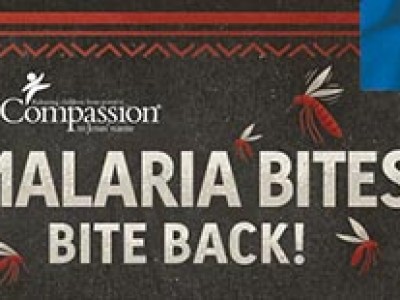
Malaria Bites! Bite Back.
What does malaria feel like? If malaria goes untreated, what can it lead to?
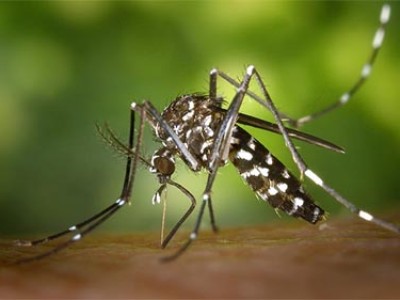
A Creative Writing Assignment for World Malaria Day 2013
Half of the world’s population, 3.3 billion people, is vulnerable to malaria. And it’s all because of mosquitoes.
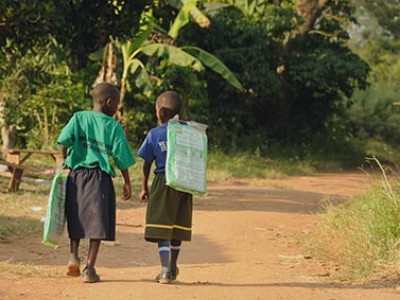
I Have Malaria (or Thought I Did)
I came home from Ghana with severe chills, headache and a fever. I’d been in Africa two weeks, and these symptoms alarmed me. Could I be infected with malaria?
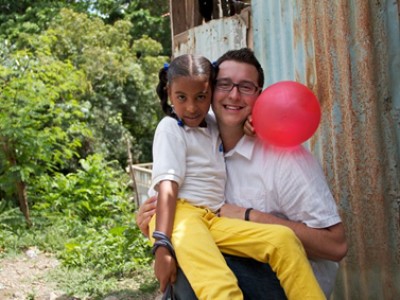
Why I Do Something Good
Life went from very easy to incredibly hard for I Won’t Watch founder E. J. Swanson. He has known what it’s like to live with and to live without.
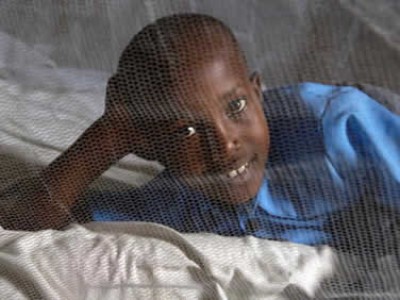
World Malaria Day 2011 – It’s Okay to Get Angry
The theme for World Malaria Day 2011 is “Achieving Progress and Impact.” It’s a time to celebrate the victories of the past couple of years, but also to stress the great needs in order to reach near-zero deaths by 2015.
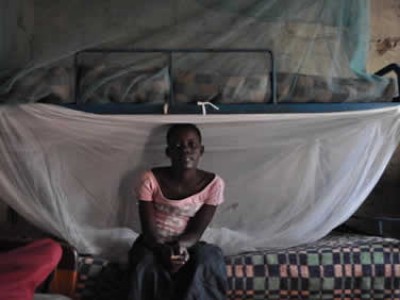
Treatments for Malaria – What Helps Children?
From a very young age, Anite was a sickly child. Her mother, Florence, says that after Anite was born, she often fell sick from malaria. The little girl went to multiple hospitals, but each time they after they treated her, the malaria came back.
Counting Malaria Out
At the center of Riaciina village in Kenya lies a semi-permanent house, traditionally constructed. The walls of the house are made of mud and smoothly smeared with cow dung. The roof is thatched with iron sheets. There is a big gap between the mud and iron sheets. Mosquitoes penetrate freely day and night. 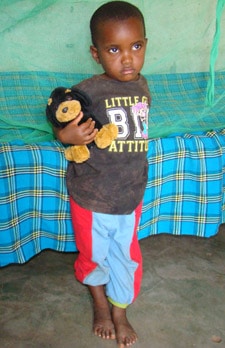
This is the home of Amina, a toddler enrolled in the local Child Survival Program (CSP). At the back of the homestead lies waste from the nearby kitchen. On the other side of the home are thick bushes of indigenous trees.
As the CSP specialist visited the mother, mosquito bites could be noted on the face of the child. Throughout the session, the TEEEE! TEEEE! sound of mosquitoes could be heard.
In some countries, mosquitoes are just nuisance, but in Riaciina, mosquitoes pose a deadly threat. Mosquito-borne malaria is the major killer disease in the area.
Riaciina village lies in the semi-arid part of Kenya on the extreme southern slopes of the largest mountain in Kenya, Mount Kirinyaga. The occupants are mainly the Ambeere and the Akaamba people whose primary work is farming and fishing. (more…)
Risks Remain Large for Kenyan Children
While the East African nation of Kenya does not grab as many headlines as its less stable neighbors to the west, disease, malnourishment and violence are leaving a mark on this generation of Kenyan children.
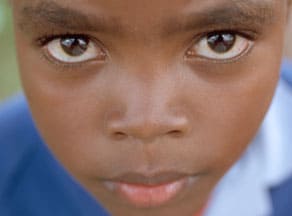 About 500,000 Kenyan children are missing school due to lack of food.
About 500,000 Kenyan children are missing school due to lack of food.
According to the World Food Program, in countries where school attendance is low, the promise of at least one nutritious meal each day boosts enrollment and promotes regular attendance. Where that is not offered, hunger interferes with the children’s concentration in class, affecting class performance. As famine takes its toll across the country, a growing number of students are staying away from school altogether to help their parents look for food (The Standard, Sept. 23, 2009).
Drought and famine have led to an increase in the high school dropout rate primarily in schools in the Njoro and Nakuru areas. While 29 percent of children in Nairobi are malnourished, that number increases to 42 percent in the Eastern Province (Daily Nation, Oct. 7, 2009).
The United Nations Scientific and Cultural Organization (UNESCO) has stated that malnutrition is the major barrier to universal primary education in Kenya.
Famine conditions have also affected livestock in the rural areas of Kenya, undermining the primary source of income for pastoralists, especially the Maasai population. (more…)


